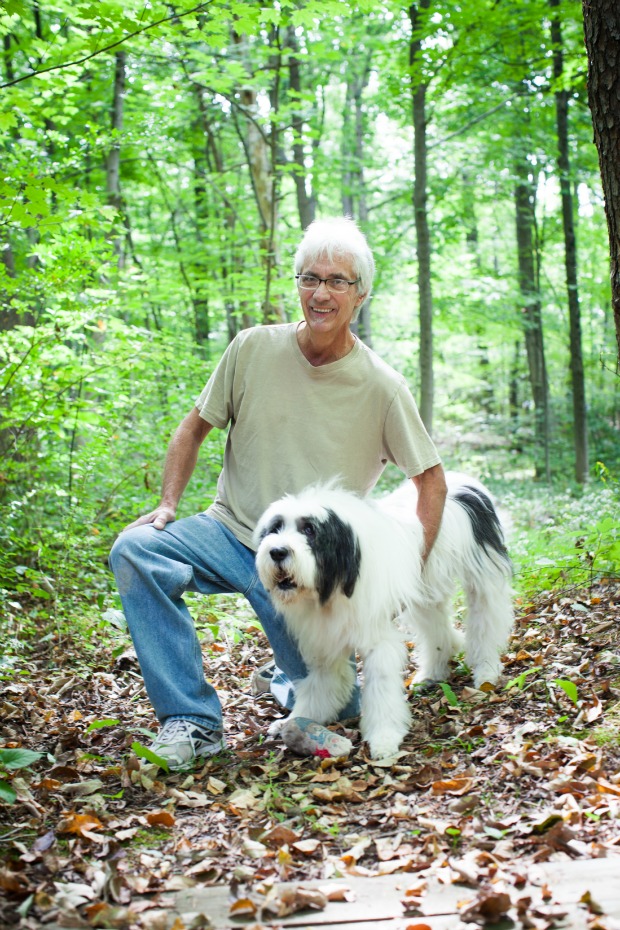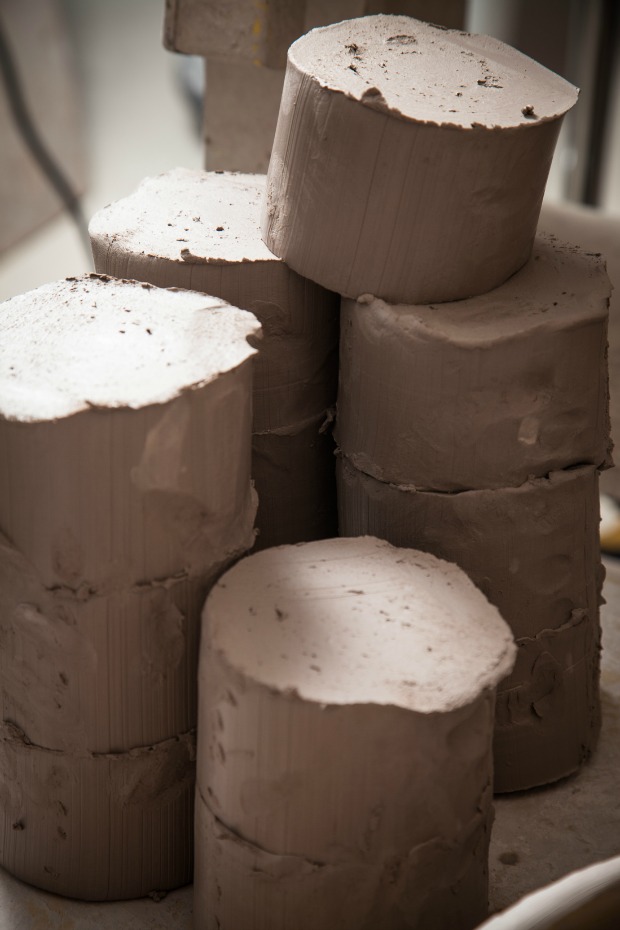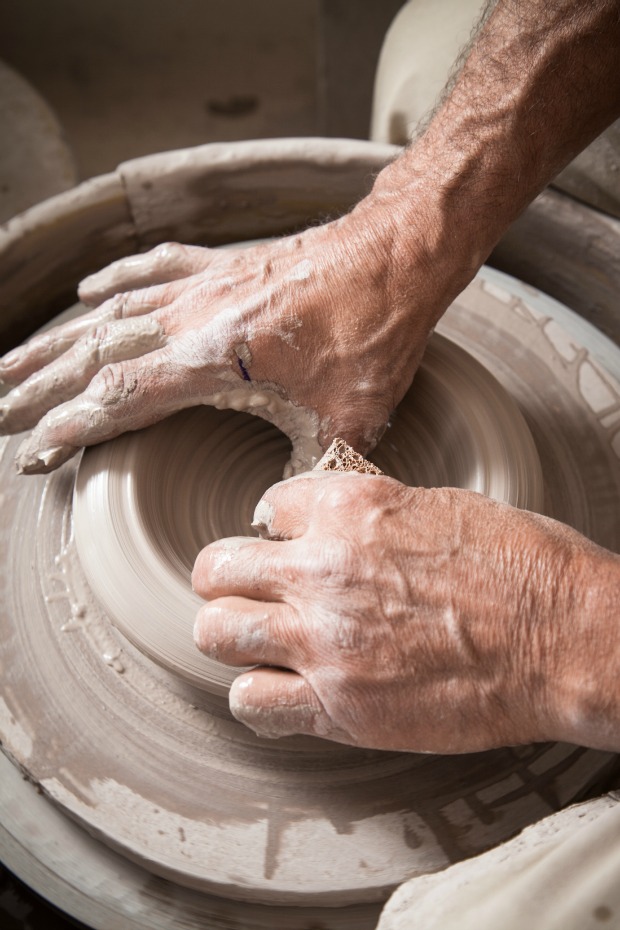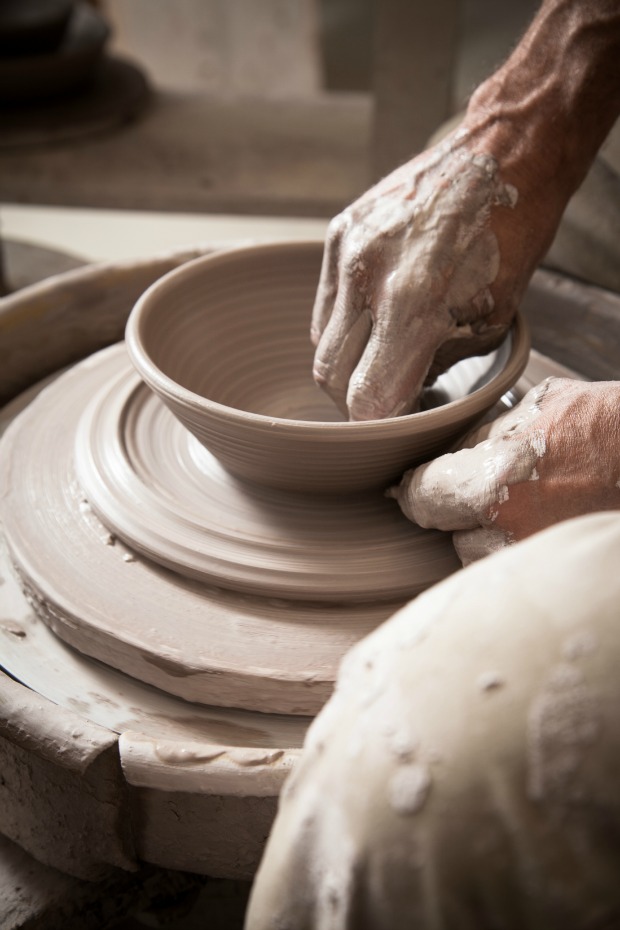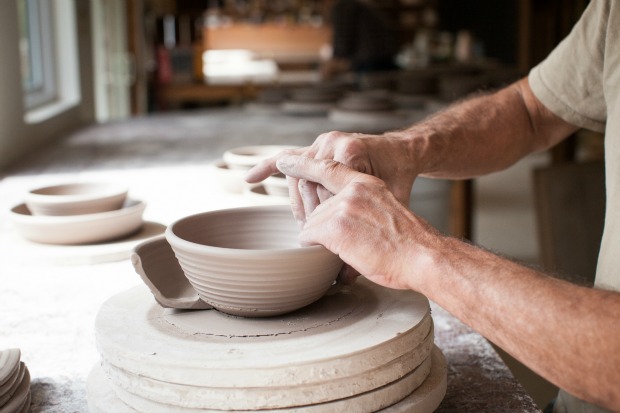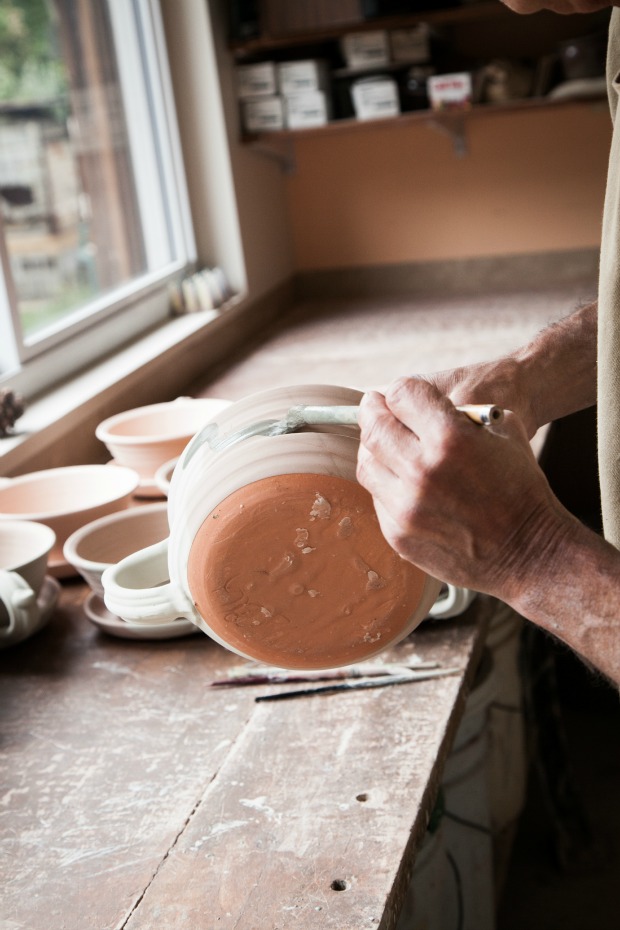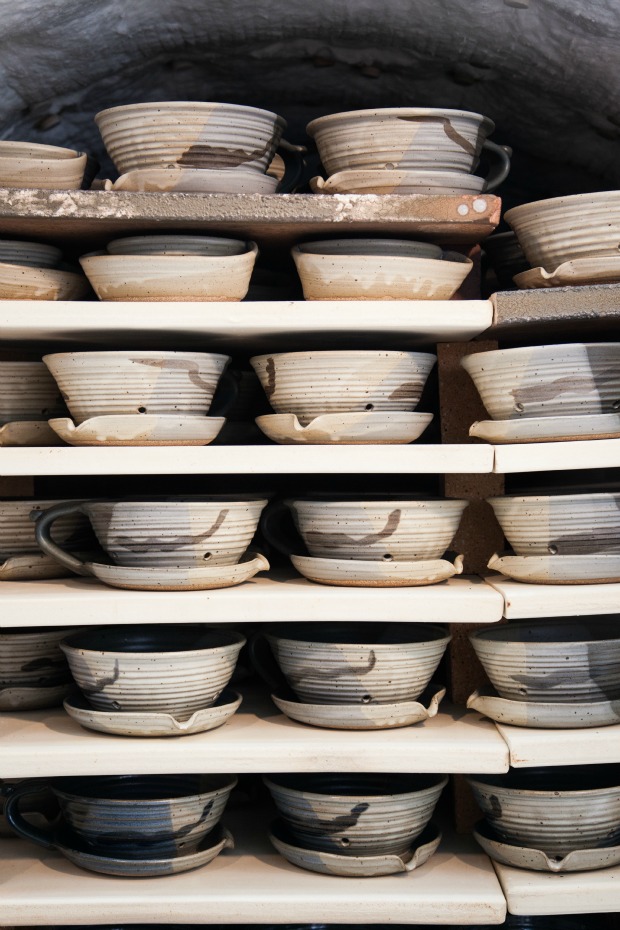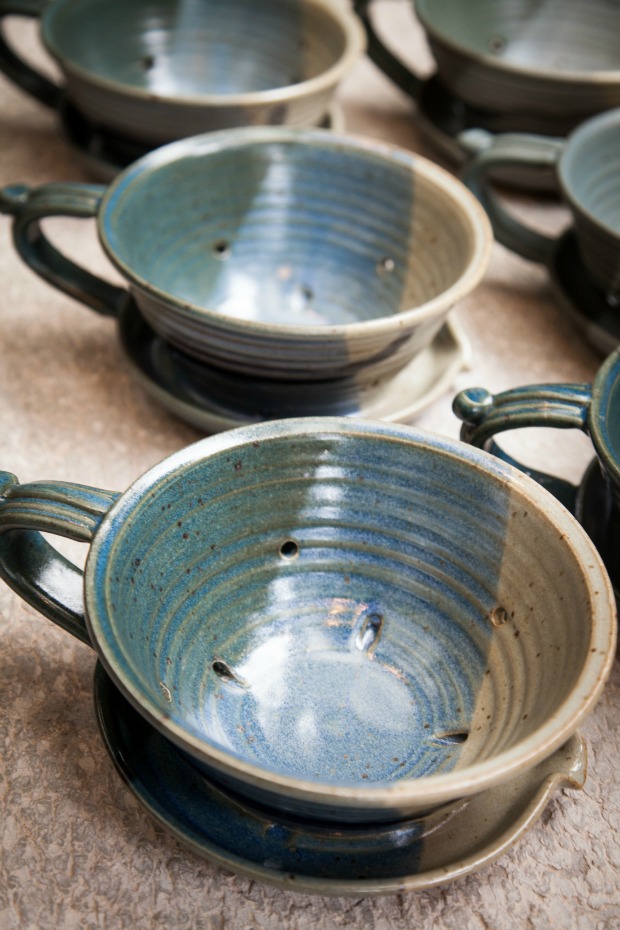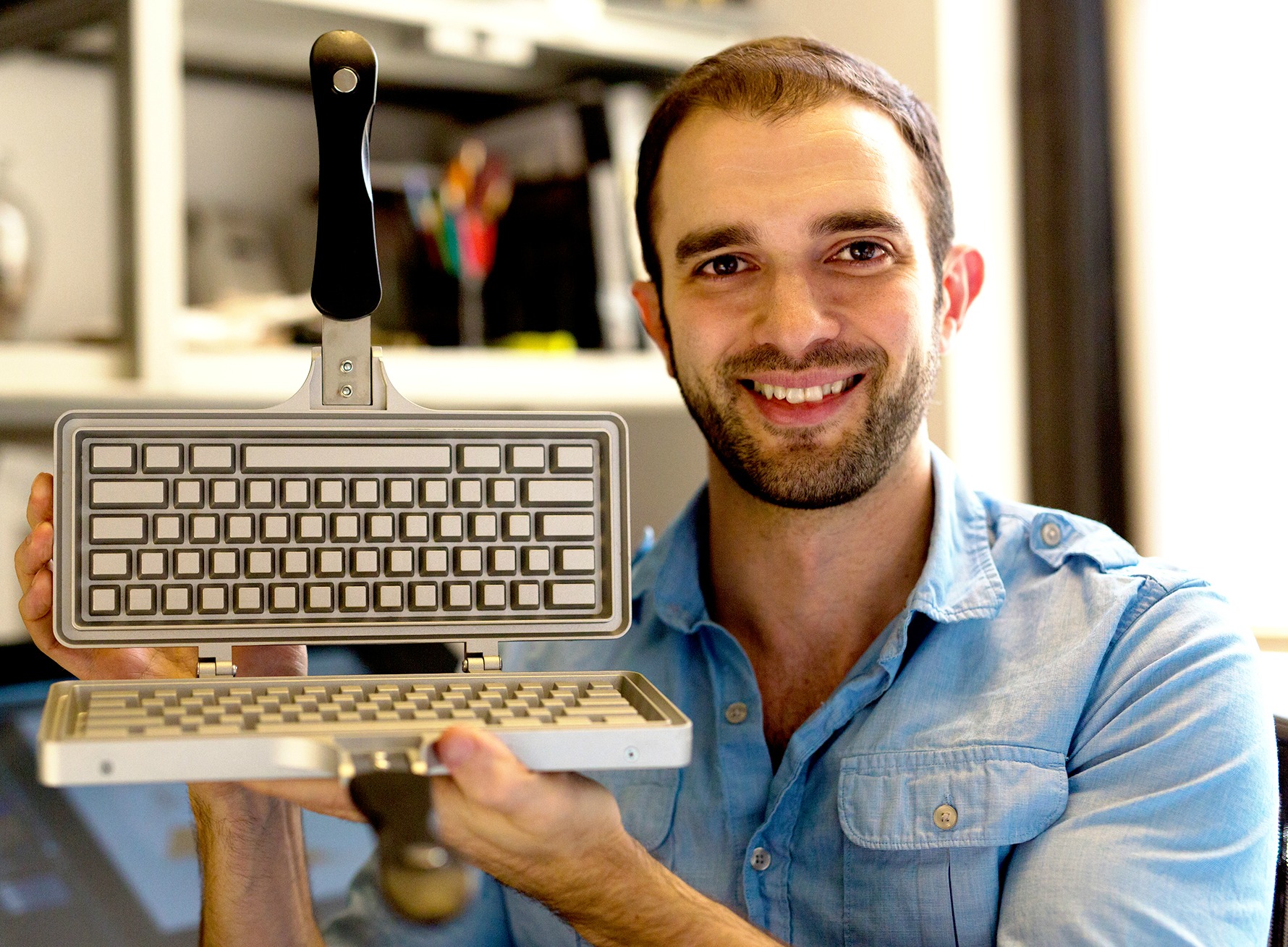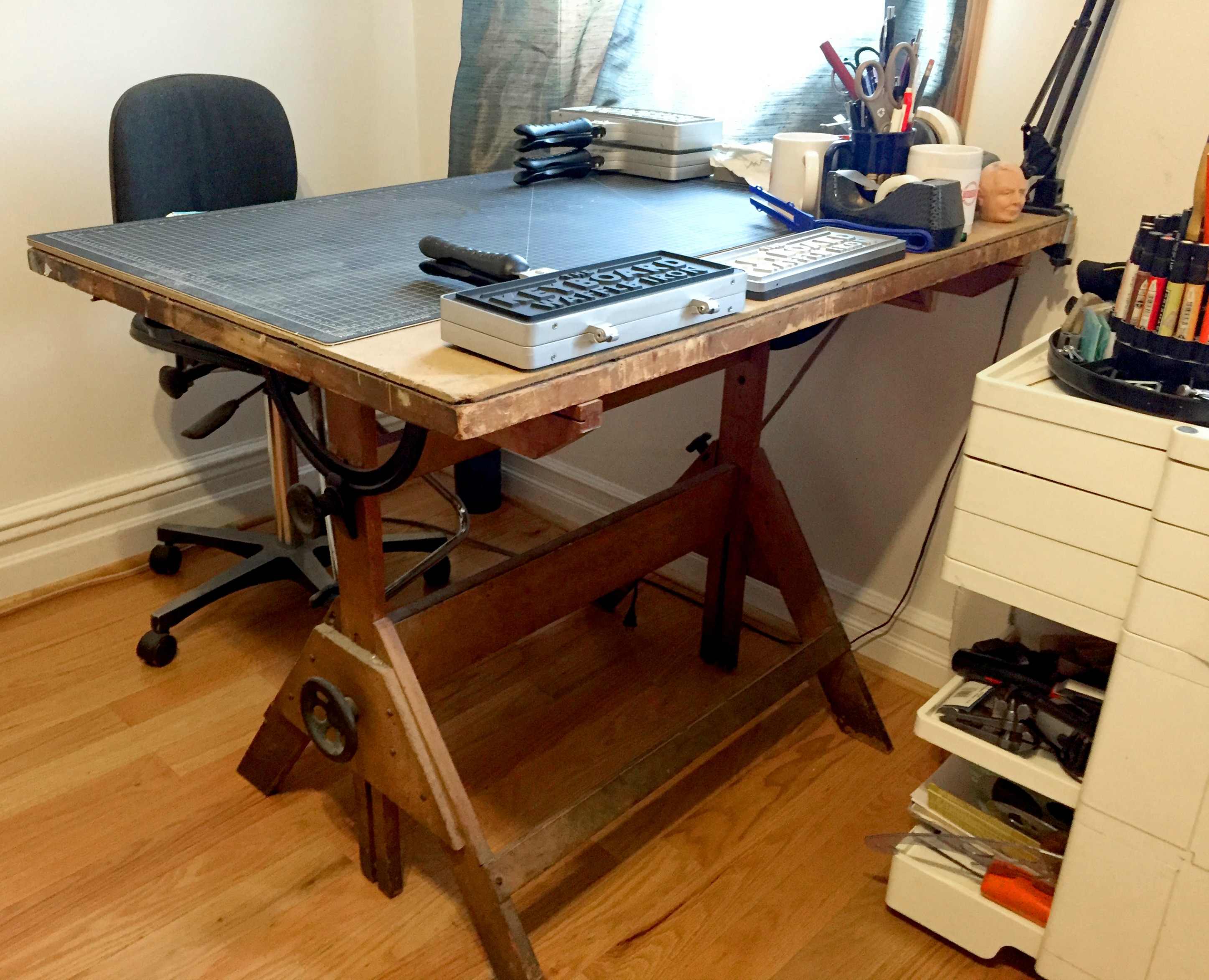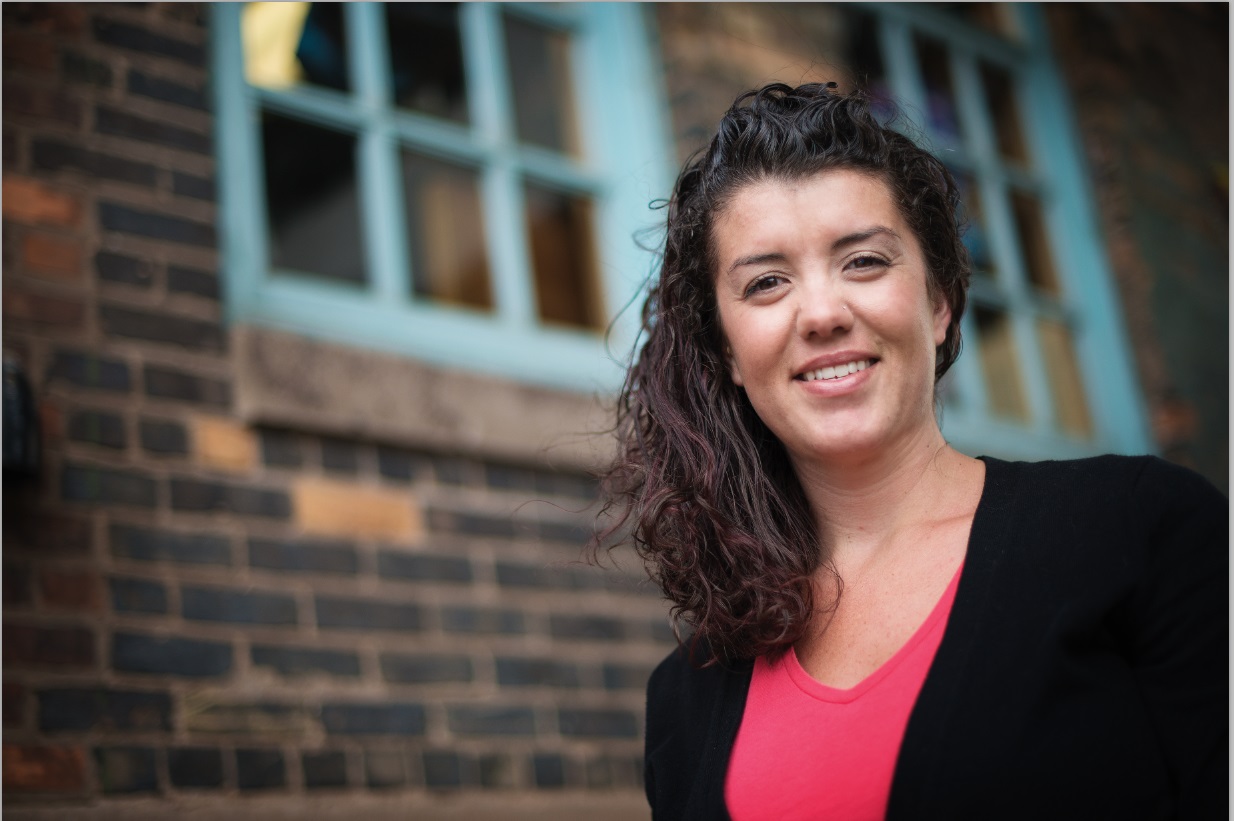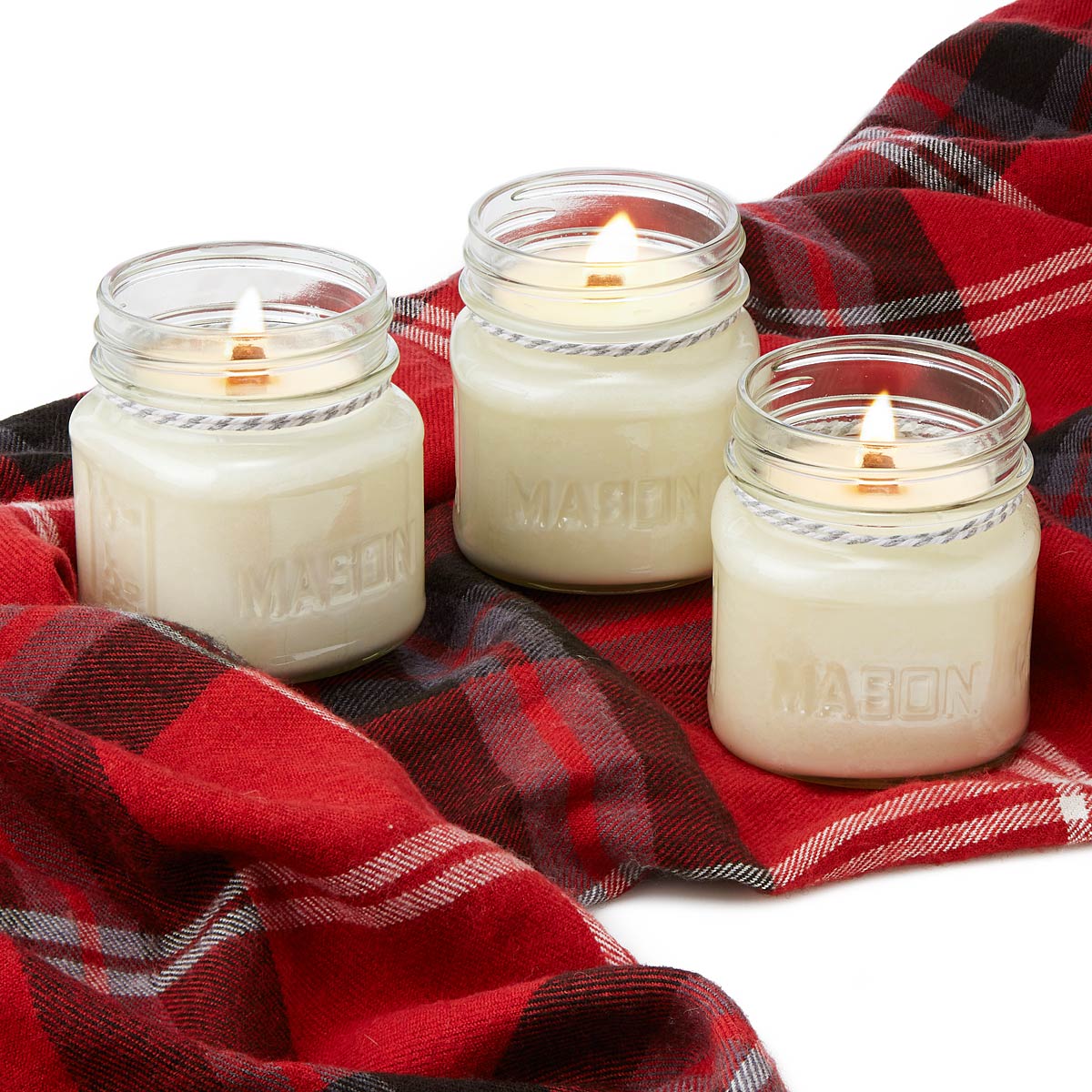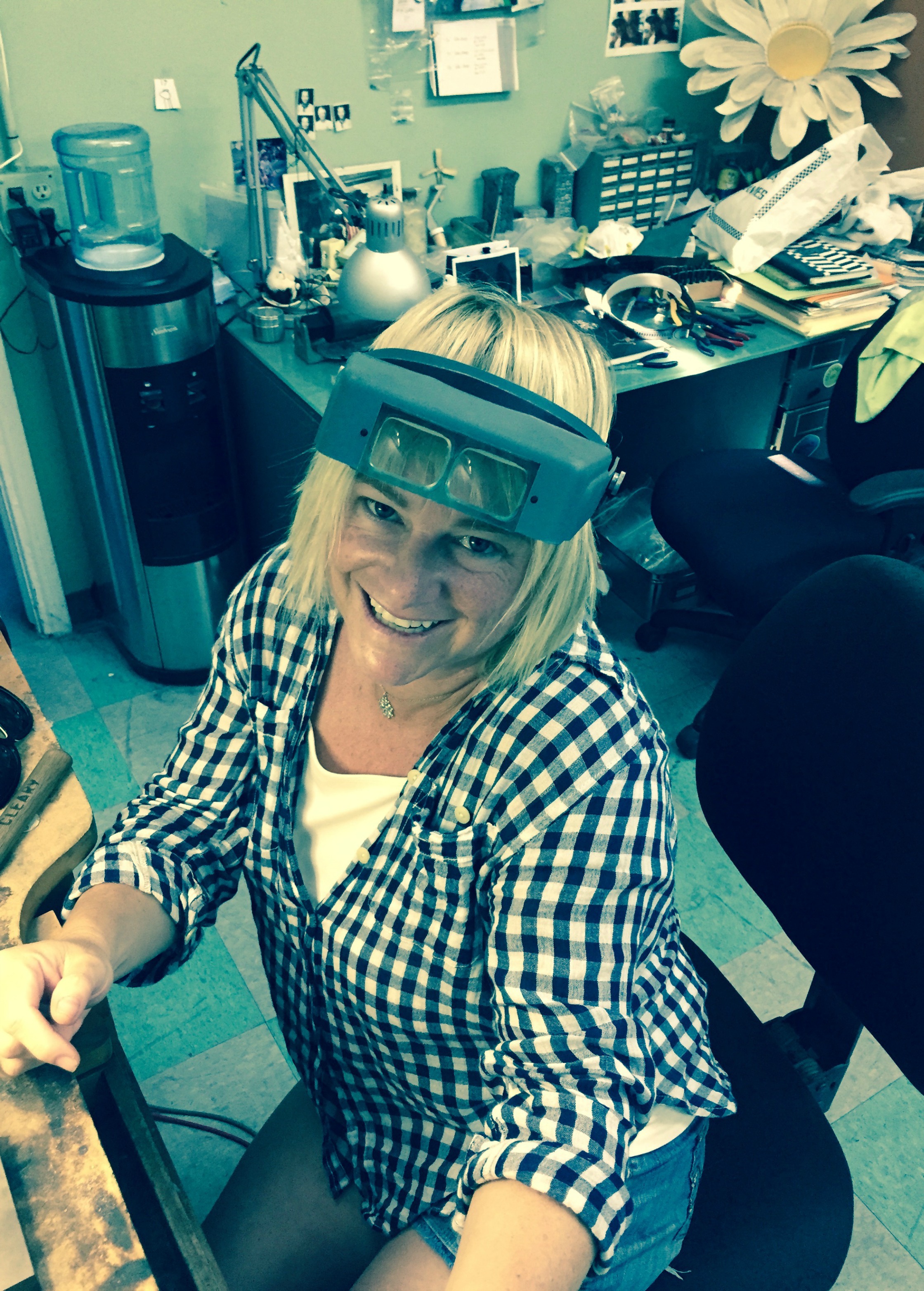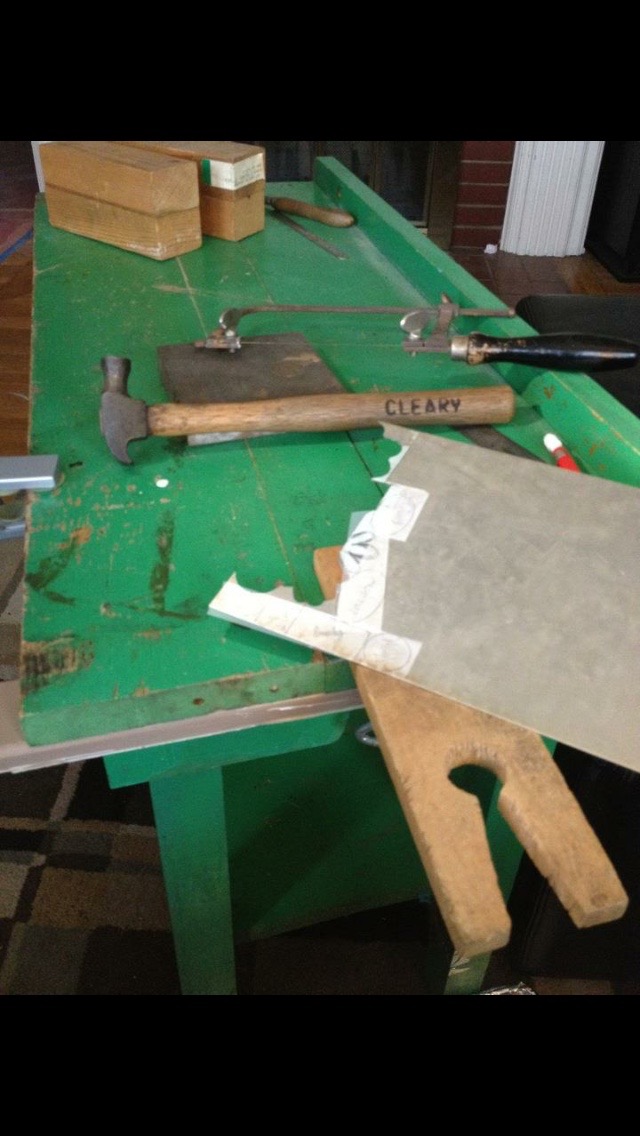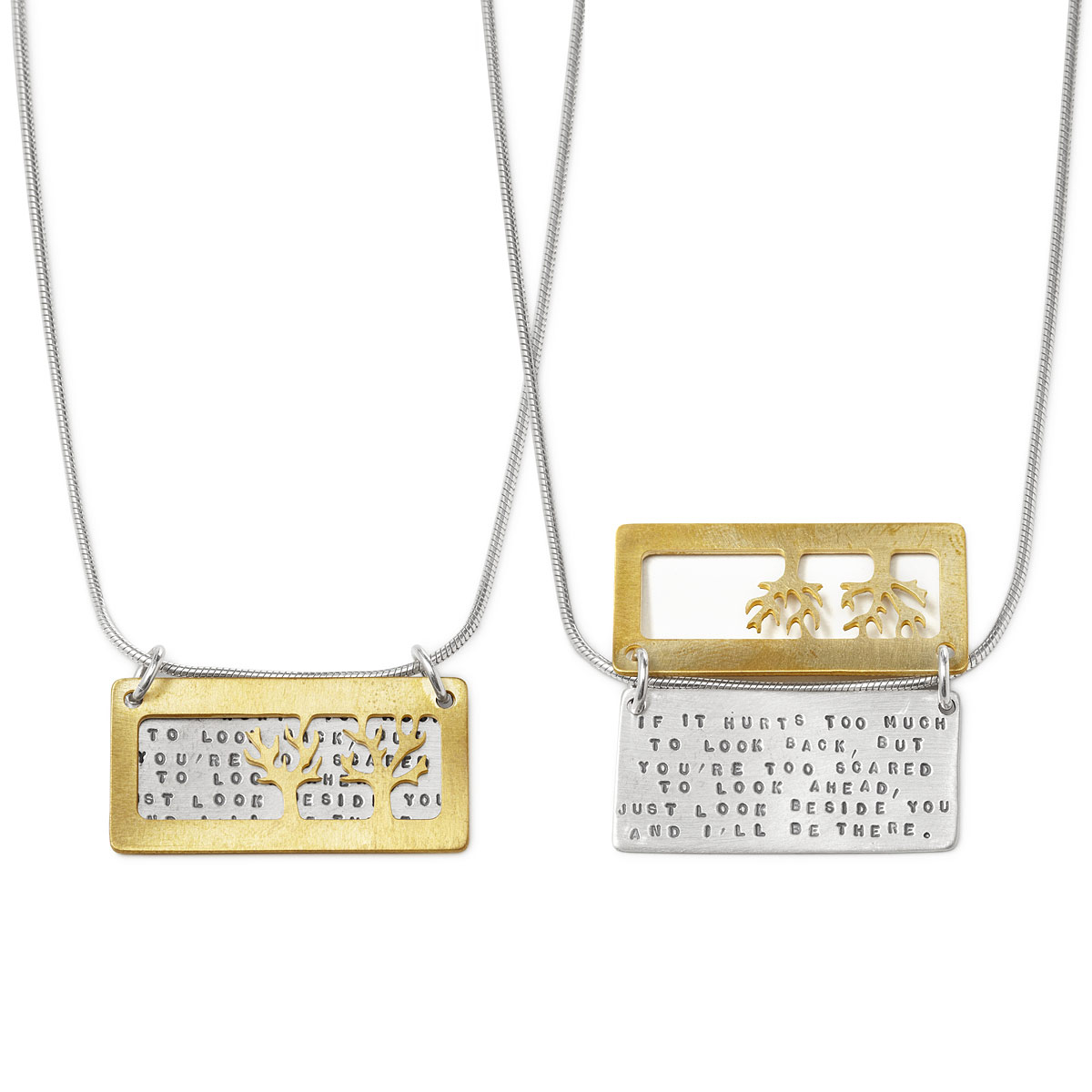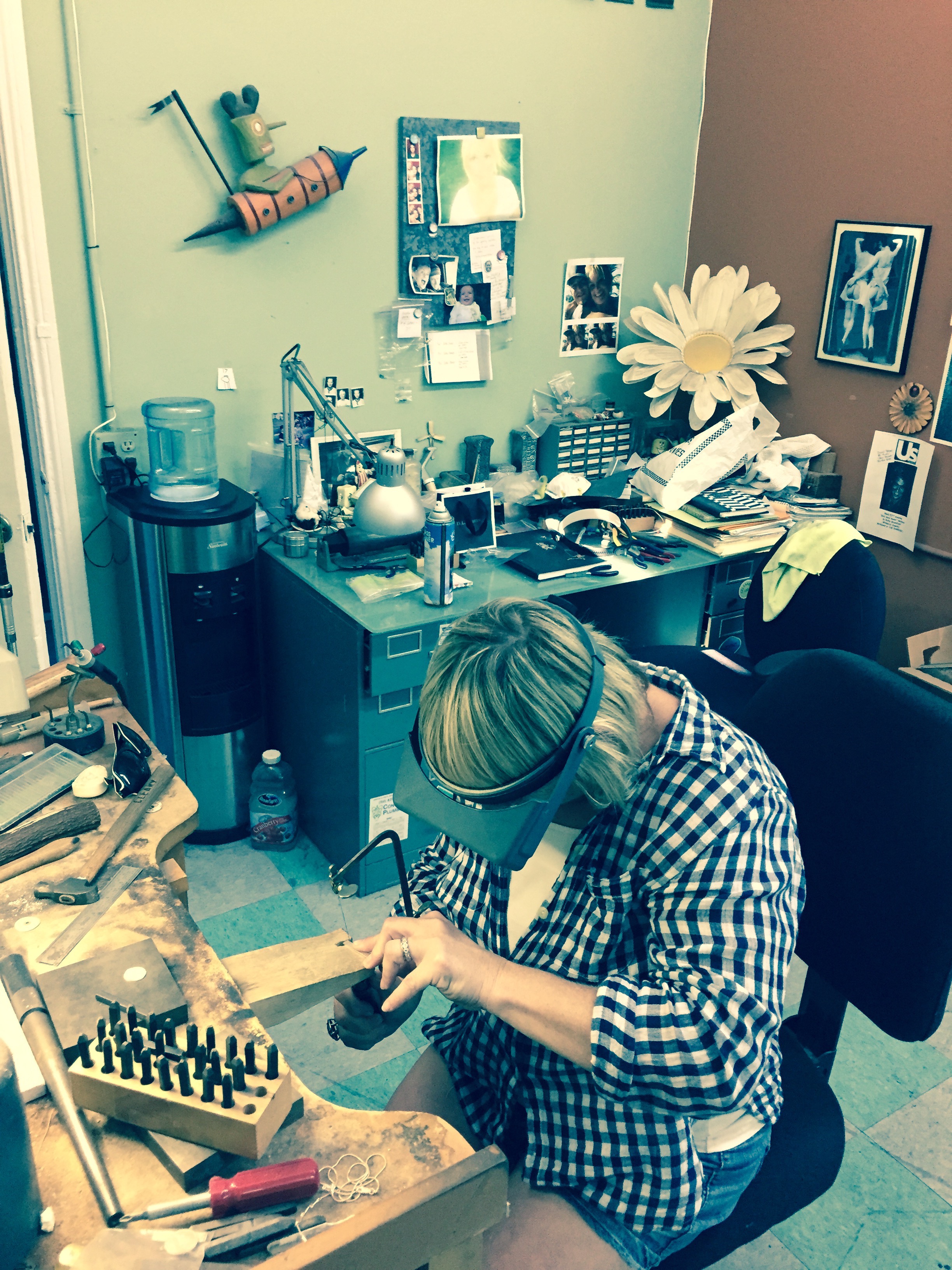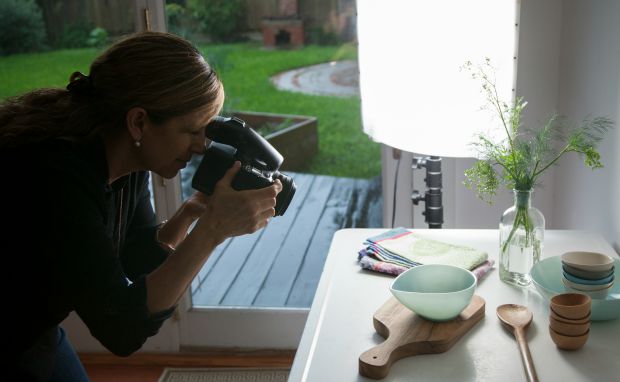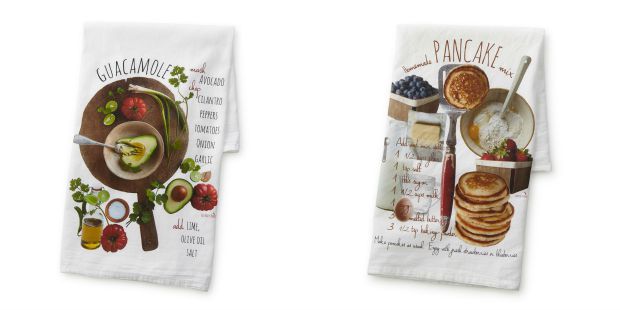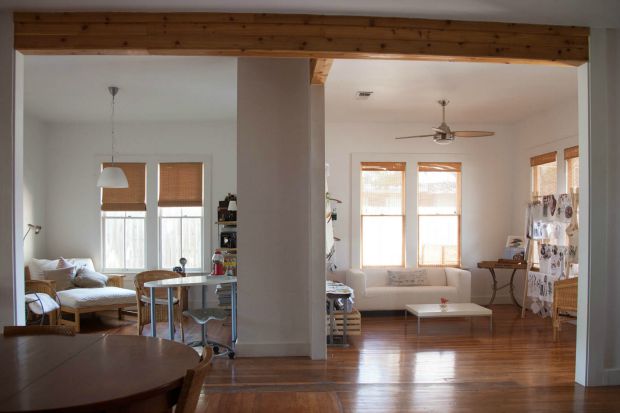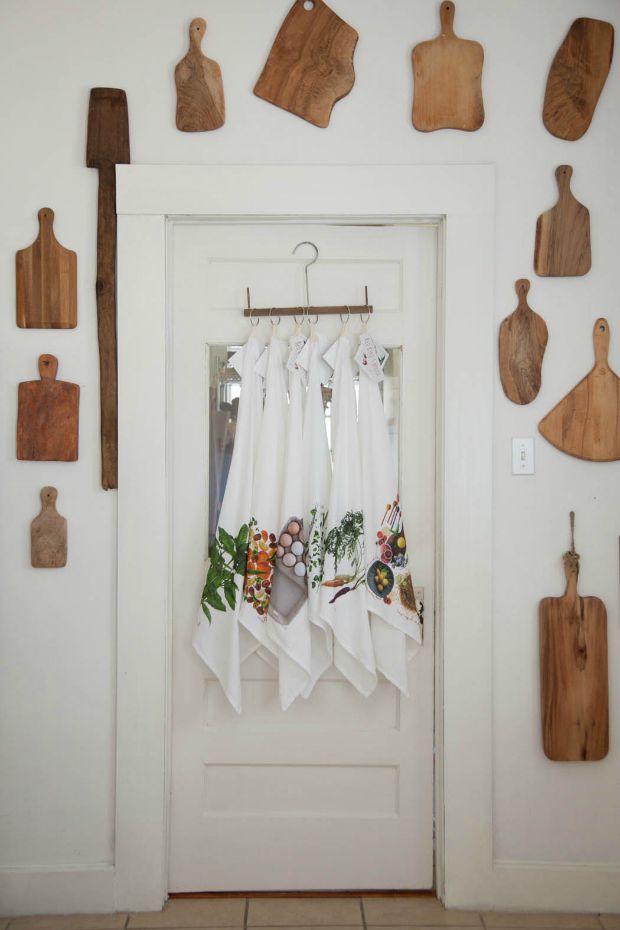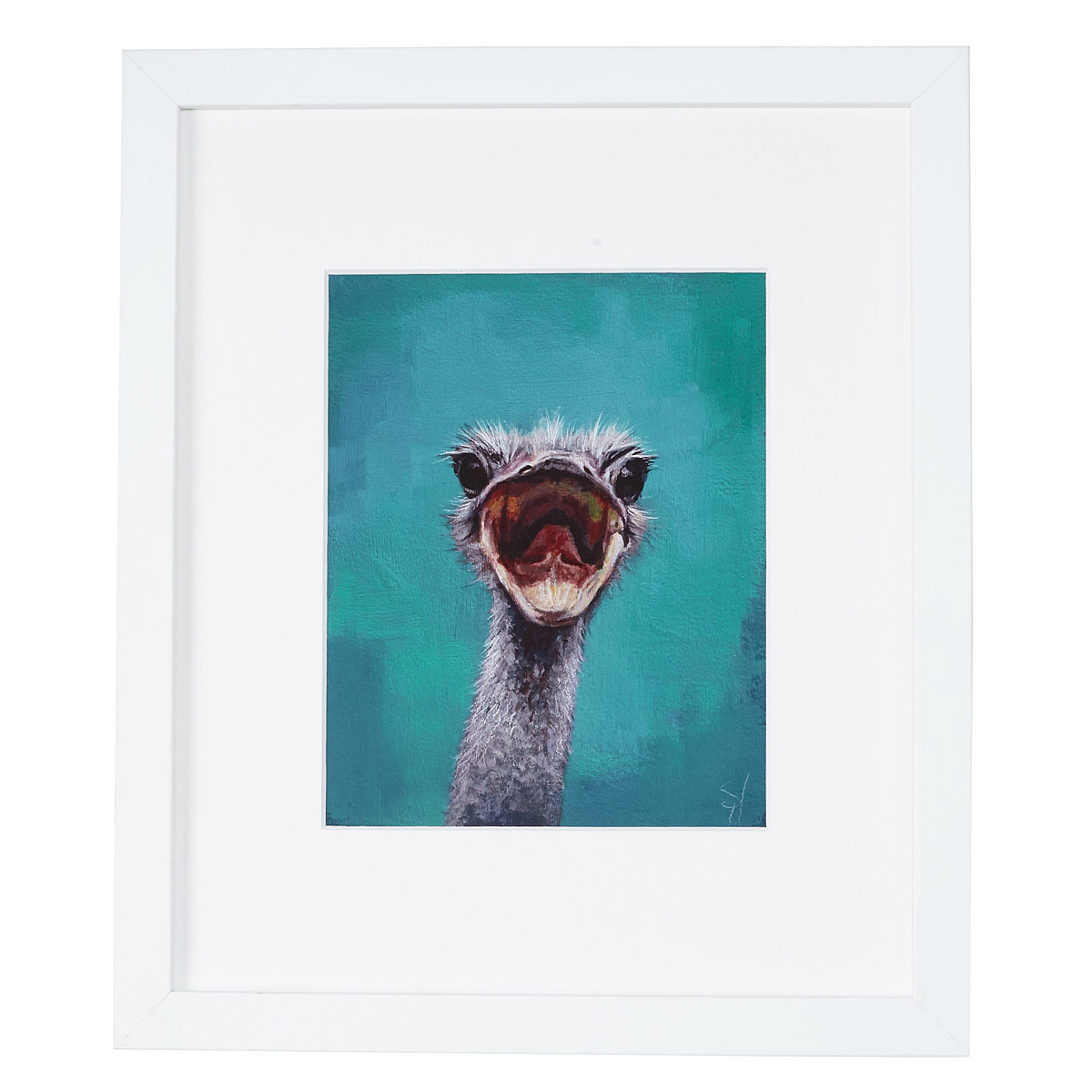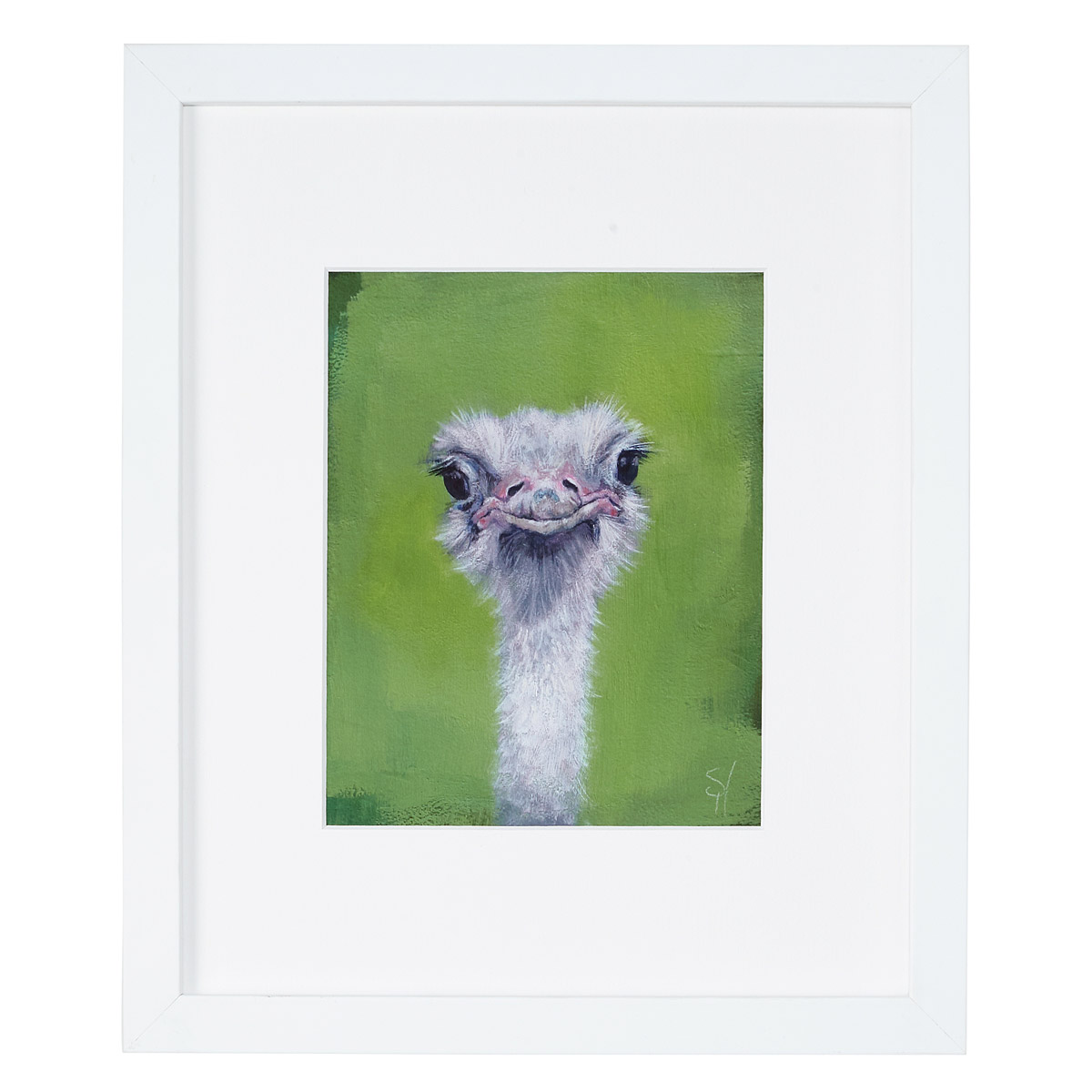 Nils in his Brooklyn woodshop, photos by Rachel Orlow
Nils in his Brooklyn woodshop, photos by Rachel Orlow
Nils Wessell is the creator of our Tablet Holding Cutting Board , an innovative design that allows cooks to easily prep ingredients with their electronic tablets ready and enabled right in front of them. While heirloom cookbooks are becoming a thing of the past, Nils’ cutting boards are beautifully crafted and sturdily constructed, meaning they bring a dose of tactile beauty to cooking in the electronic age.
When I first read our This Just In-spiration interview with the Brooklyn-based designer and woodworker, I got the impression that he’s not only a talented craftsman, but also someone who is truly passionate, not only about his own craft, but also about art across a broad spectrum. When I learned that his woodshop is located in nearby Industry City, I knew I had to pay him a visit to learn more about his thoughts on the pursuit of creativity and the challenges (and rewards) that come with balancing art and business.
Once in Nils’ creative space, I saw work, experimentation, knowledge, and–at the risk of sounding a little cheesy here–the magic in the sawdust all around me. Nils’ studio is a mix of books, designs in the prototype phase, power tools, and exquisitely crafted cutting boards in different stages of production. Read on to see some of these works in progress, hand tools and heavy machinery, and our interview with Nils.



